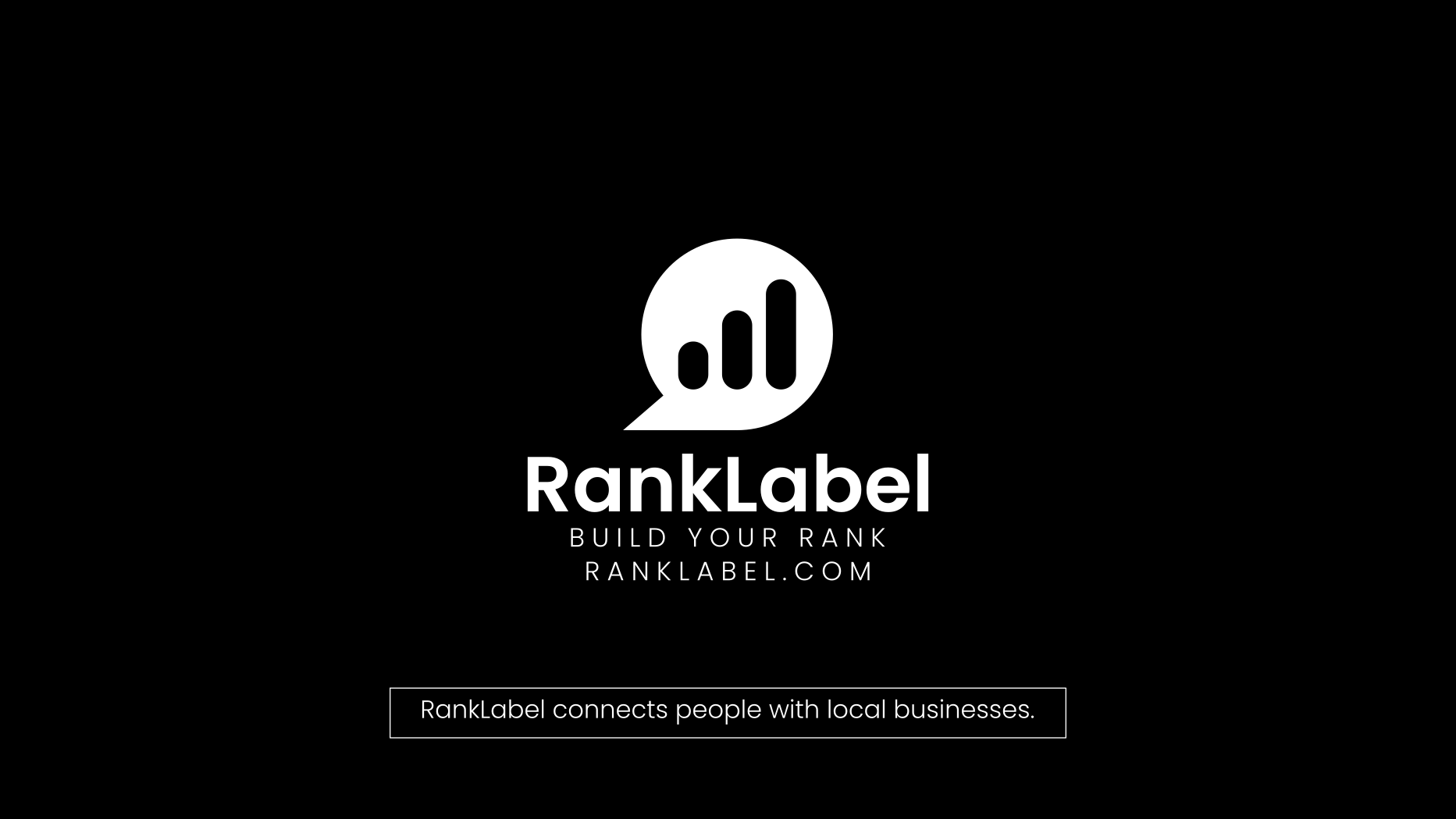Exploring the Potential of 3D Printing: Workshops, Architecture Models, and Branding Innovations

In the rapidly evolving world of technology, 3D printing has emerged as a revolutionary tool, transforming industries from healthcare to manufacturing. This versatile technology is not only reshaping how products are made but is also enhancing educational methods and marketing strategies. In this detailed exploration, we delve into how 3D printing workshops, 3D printed architecture models, and 3D printing for branding are driving innovation and creativity in various sectors.
The Rise of 3D Printing Workshops
3D printing workshops are becoming increasingly popular as they provide hands-on experience and deepen understanding of 3D printing technology. These workshops cater to a range of participants, from students and hobbyists to professionals and entrepreneurs. They are designed to introduce participants to the basics of 3D printing, including the different types of 3D printers, materials used, and the overall process from design to printing.
Benefits of participating in 3D printing workshops include:
- Skills Development: Attendees can acquire and enhance their 3D modeling and printing skills, which are highly valuable in today’s job market.
- Innovation Stimulation: By working on various projects, participants can experiment and innovate, which is essential for problem-solving and product development.
- Networking Opportunities: Workshops provide a platform to connect with professionals and enthusiasts in the field, fostering collaborations and community building.
Workshops can vary in their focus; some might concentrate on specific industries like fashion or automotive, while others might target particular skills such as prototyping or functional part manufacturing. The key is to choose a workshop that aligns with your interests or professional needs.
3D Printed Architecture Models: A Game Changer in Building Design
Architecture has always been a field where precision and scalability are paramount. 3D printing technology has introduced a new frontier in architectural model making. The ability to produce detailed and scale-accurate models quickly and efficiently is one of the primary advantages of employing 3D printing in architecture.
3D printed architecture models offer numerous benefits:
- Enhanced Visualization: These models provide a tangible way for architects and clients to visualize a project, facilitating better communication and decision-making.
- Increased Accuracy: With 3D printing, the scope for human error is significantly reduced, leading to models that precisely reflect the proposed structure.
- Time and Cost Efficiency: Traditional model-making can be time-consuming and costly, but 3D printing minimizes these issues by allowing for quicker revisions and easier alterations.
Moreover, 3D printing pushes the boundaries of architectural design, enabling the creation of complex geometries that would be difficult or impossible to construct by traditional means. This unlocks new possibilities in terms of aesthetics and functionality, allowing architects to explore innovative design concepts and solutions.
3D Printing for Branding: Elevating Marketing Strategies
In the competitive world of marketing, brands are constantly seeking new ways to stand out. 3D printing offers a unique avenue for branding, providing companies with the ability to create customized, innovative promotional products and packages.
Utilizing 3D printing for branding has several compelling advantages:
- Customization: Brands can produce bespoke items that resonate more personally with their audience, enhancing customer engagement and loyalty.
- Flexibility: Companies can easily alter designs or produce small batches of promotional items to test in the market, allowing for agile marketing strategies.
- Cost-Effectiveness: With 3D printing, creating custom molds or prototypes is less expensive, making it a cost-efficient option for startups and small businesses.
Whether it's through unique giveaway items, customized packaging, or even limited-edition products, 3D printing allows brands to creatively and effectively communicate their identity and values. This not only enhances brand visibility but also fosters a deeper connection with the target audience.
Conclusion
3D printing is more than just a technological innovation; it is a versatile tool that has the potential to revolutionize various aspects of business and education. Through 3D printing workshops, individuals gain valuable skills and insights into this transformative technology. In architecture, 3D printing brings designs to life, providing a clearer, more precise representation of architectural projects. For branding, it offers a unique way to captivate and connect with audiences through customized marketing materials. As we continue to explore and expand the applications of 3D printing, its impact across different sectors is set to grow, paving the way for more innovative and efficient processes.
Whether you're a student, professional, or business owner, understanding and leveraging the power of 3D printing can provide significant advantages in today’s digital and fast-paced world. Embracing this technology not only boosts competitiveness but also fosters creativity and innovation.











